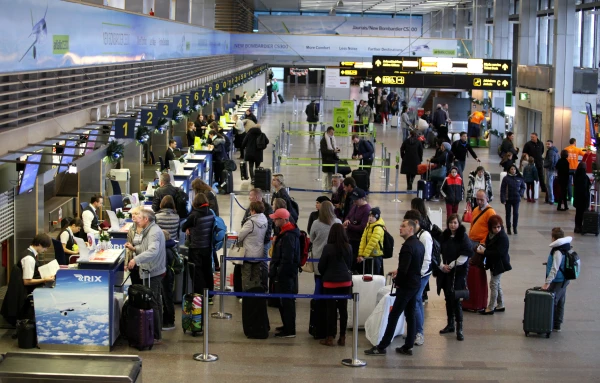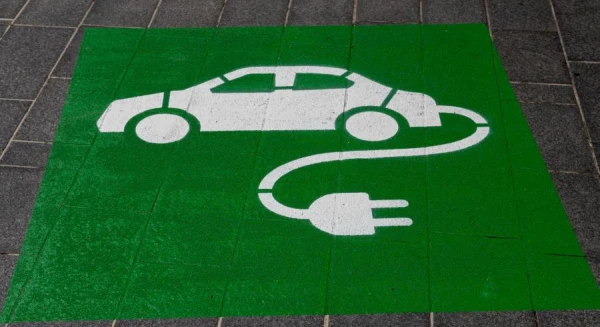
Latvians have been warned about queues at Riga Airport due to the introduction of a new border crossing system – starting from October 12, 2025, a new Entry/Exit System (IIS) will come into effect in Latvia.
Citizens of third countries will be checked with particular scrutiny, but this may also lead to queues for locals.
To avoid missing your flight
According to the new rules, if a citizen of a third country crosses the border for the first time after the launch of the Entry/Exit System (IIS), they will need to provide their personal data to border guards. Border service employees will take fingerprints and a facial photograph. This information will be stored in a digital file.
The State Border Guard Service urges citizens of third countries to allow extra time for passing through control.
The new system may initially affect citizens of EU countries traveling to third countries or returning from them: they should also be prepared for longer checks due to possible queues.
In connection with the upcoming school holidays, passengers are advised to plan their time at the airport in advance and consider the potential increase in border control processing times.
Take your passport, go through the gates
To avoid queues, citizens of the EU, European Economic Area, and Switzerland with biometric passports are recommended to use the automatic control gates at Riga Airport (ABC gates).
They can be used for entry starting from the age of 14, and for exit from the age of 18. A passport is required for this; an ID card is not suitable.
If a citizen of a third country crosses the border of a country using the IIS again, their fingerprints and photo will already be registered. In this case, data verification will be required — checking fingerprints or facial images to ensure that another person does not enter Latvia under the guise of a foreigner. If necessary, the data can be corrected or supplemented in accordance with EU Regulation 2017/2226 on the establishment of the IIS.
The State Border Guard Service also reminds that the IIS will be implemented in stages, and the full operation of the system will only be ensured from April 10, 2026. Until that time, when crossing the external borders of Latvia and other European countries, citizens of third countries will continue to have entry and exit stamps placed in their passports, as well as data registered in the IIS.













